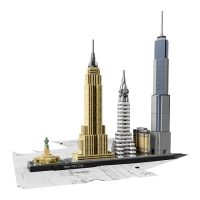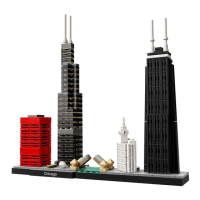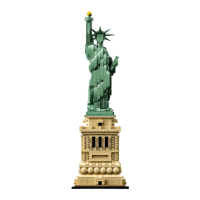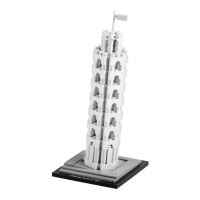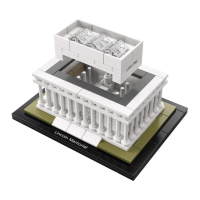8
The Architects
John Nash (1752 – 1835)
Born in south London in 1752, John Nash was responsible for
much of the layout of Regency London during the reign of
George IV. Given the task of transforming a townhouse into
a royal palace, he doubled the size of the existing building,
added two new wings and clad the whole structure in
Bath stone. Though widely considered as an architectural
masterpiece, the building costs soon escalated out of
control. Nash was eventually removed from his post, never
to receive an official commission again.
Edward Blore (1787 – 1879)
The English-born architect was contracted to complete
the work started by Nash and was chosen again in 1841
to design the extension to the palace during the reign of
Queen Victoria. As well as adding an attic floor to the main
block of the palace, Blore designed the new East Front with
its main façade and central balcony.
Sir Aston Webb (1849 – 1930)
Many of Blore’s contemporaries criticized the simplistic
style of his new East Front and in 1913, with the soft French
stone he chose starting to crumble, King George V asked
Aston Webb to redesign and repair the building’s façade.
Webb, a renowned London-born architect, remodeled the
building to the form we know today and clad the structure
in Portland Stone.
[ During the Second World War,
the palace suffered nine direct
bomb hits ]
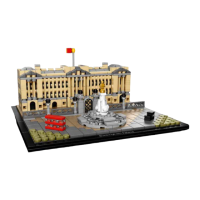
